Moving into a new home has always been a big deal to everyone, we are going to have a look through the Top 12 Things To Prepare Before Moving Into A New House.
What comes to mind when picturing a move to a new home? Is it the moving truck, the movers, the heavy cardboard boxes, and the friendly-looking dollies that you see most often? You probably already know this.
It’s possible to see how many moving-related activities had to take place before the stylized house moving point could be reached if you give it a second thought.
That’s right – a never-ending list of tasks that must be completed before moving into a new home. And if you’re moving across the country, you’ll need to know what to do before you leave to ensure a smooth and successful transition.
To help you remember what to do before moving, we’ve put together a visual checklist:
1. Establish a spending plan and keep tabs on it. – Top 15 Things To Prepare Before Moving Into A New House.

Getting a rough estimate of how much your move will cost is the first thing you need to do before moving out of your current residence.
This means that you’ll need a realistic moving budget in order to know your financial strengths and weaknesses until you’ve settled in your new home.
Set a preliminary budget plan and don’t think twice about it – just do it. There are three distinct ways in which the creation of a relocation budget can help alleviate the stress of moving:
- Having a well-thought-out moving budget will help you determine whether or not you have the financial resources to handle the upcoming move without incurring any debt.
- A good relocation budget will allow you to keep an eye on your moving costs and hopefully alert you when a specific task has exceeded its budget
- You can make an informed decision about whether to hire movers or move on your own if you have a well-thought-out moving budget.
2. Prepare for your move with a checklist. – Top Things To Prepare Before Moving Into A New House.
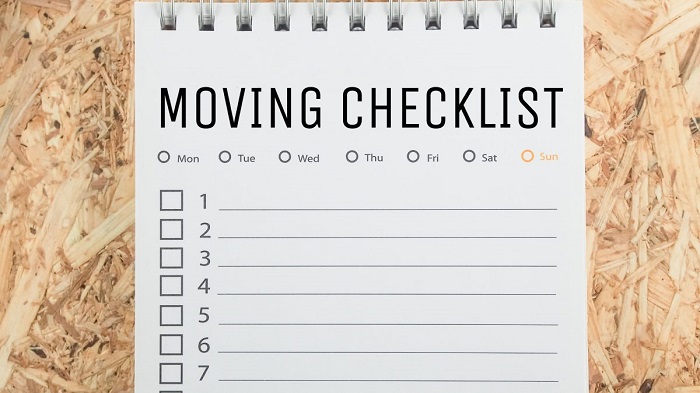
Preparing for your move is one of the most important things you can do before you get started.
To put it simply, failing to take advantage of the time you have available to complete the tasks that must be completed before moving out can have a devastating effect on the entire relocation process.
Make the most of every minute with a specialized to-do list that includes all of the tasks that must be completed before the big day. Preparing for a move requires a moving calendar that includes the following events:
- personalized – Inclusion should be limited to only those relocating tasks that are directly related to your relocation. A few examples: The entry is unnecessary. Make an appointment with the veterinarian even if you don’t have any pets.
- prioritized – Calendar entries with greater significance should be addressed first, so prioritize the most critical ones.
If you stick to your prioritized moving checklist, you’ll save time and feel less stressed about your move as you cross off each item on your list.
3. The best way to move is with the help of an excellent moving company.
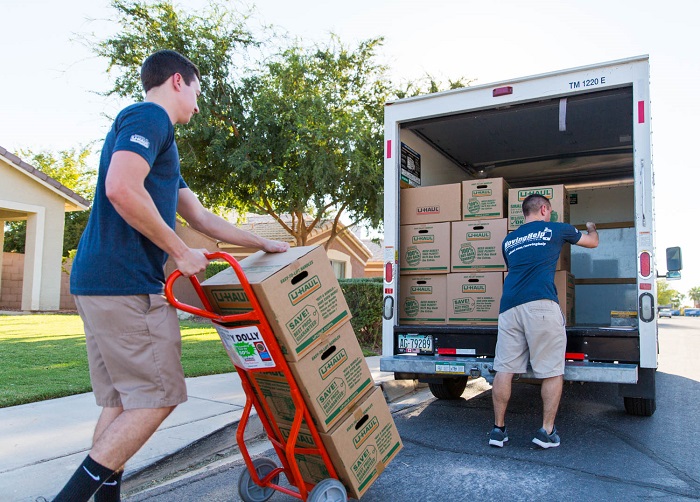
Assuming you’re moving to a new home, finding qualified professional movers who can assist you with the most difficult aspects of your local or cross-country move is absolutely essential.
It’s likely that you’ve already figured out that you don’t need professional help with a lot of the moving-related tasks (such as locating and labeling moving boxes) if you have enough time.
Moving can be stressful enough without having to worry about putting together and disassembling your furniture, lifting and carrying heavy household items, and making sure your moving truck is properly loaded.
When it comes to finding the best movers to help you relocate, there are exactly NINE steps you must follow to ensure a successful move.
- First step: Make a list of what you really must have and what you absolutely do not.
- Second: Seek advice and recommendations from others.
- Third: Weigh your moving options
- Fourth: Consult with the people who will be transporting your belongings.
- Fifth: Ask for in-house price estimates if possible
- Sixth: Negotiate the details of your upcoming move.
- Seventh: Compare the moving quotes you’ve received.
- Eighth: Verify everything a second time.
- Nineth: Select a commuting companion.
4. When moving, plan your move like a pro.

Following the completion of your pre-move checklist, which should include setting up your finances, scheduling your time, and hiring a reputable moving company, you should choose a moving date that will benefit you in multiple ways.
If you’re moving out of a home, you’ll likely have no say in the move-out date because it will be determined by the real-life circumstances that led to the move.
However, if you are fortunate enough to be able to influence the timing of your impending move, you must seize the opportunity.
- During the off-peak moving season (September – May), most movers lower their standard rates significantly, which means you can save money on your move.
- Avoid weekends and national holidays by scheduling your move for a weekday in the middle of the month.
- To make the transition as easy as possible for everyone in the family, take into account any pre-existing plans, such as vacations or trips, and any special circumstances, such as your child’s school year being disrupted.
5. Organize and optimize your household goods
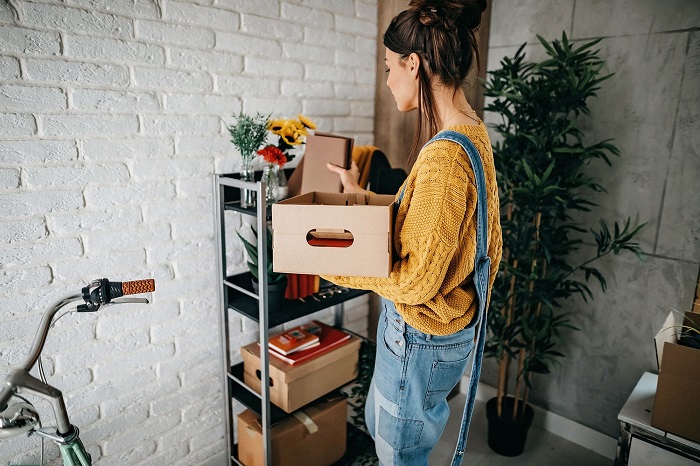
Our list of things to do before moving house continues with another essential moving task that is critical to your move’s success: inventorying your home and minimizing the amount of stuff you’ll be transporting.
Indeed, you should not make the costly mistake of skipping this fundamental process.
The task of inventorying and optimizing your possessions is one of the few that will allow you to move to a new city with ease.
- save money on transportation costs by reducing the number of goods you have to transport
- less stuff to pack means a faster and safer packing process
- De-cluttering your home and clearing your head at the same time is a great way to reduce stress.
You’ll be able to do the following things thanks to your thorough home inventory checklist:
- figure out exactly how many things you have in your home and how many personal belongings you have to deal with;
- Make a list of all the things you haven’t used in a long time and decide whether or not to get rid of them.
When it’s time to move, refer to your house inventory as a packing list to help you get organized.
6. Increase your moving budget by reselling old items.
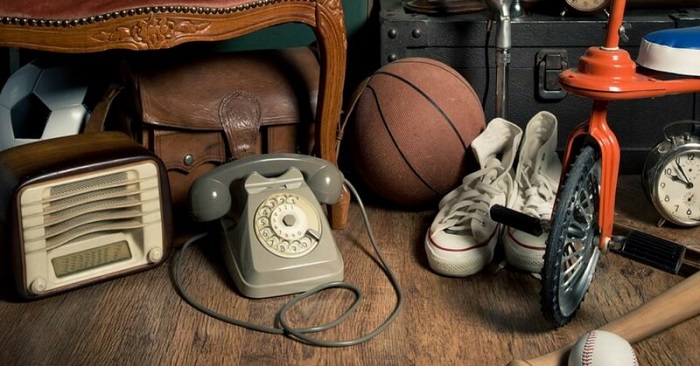
One of the most important things to remember when moving house is that even if your preliminary calculations show that your budget is sufficient to cover the moving costs ahead of you, additional money is always welcome because you will be confronted with numerous immediate post-move expenses.
Consequently, there is no reason why you should not take advantage of this opportunity to earn some extra cash by moving your home. Certainly, but how do you do it?
Make a list of the things you won’t be taking with you when you do a thorough inventory of your home. Another sign that it’s time to do something about your clutter is if you have a bunch of things you no longer like or use, as well as things that have been gathering dust for years.
- The best way to get rid of the things you’ve decided to take with you is to hold a profitable moving sale;
- Use Craigslist and eBay, as well as niche local marketplaces like Facebook Marketplace, Carousell, LetGo, and OfferUp to try and recoup some of the money you’ve spent on the items you no longer need.
- Prevent additional relocation costs by learning where and how to sell your used furniture.
- Donate some of your belongings to a charity or give them to a close friend to make them happy. Do the right thing.
7. Obtain high-quality packaging supplies.
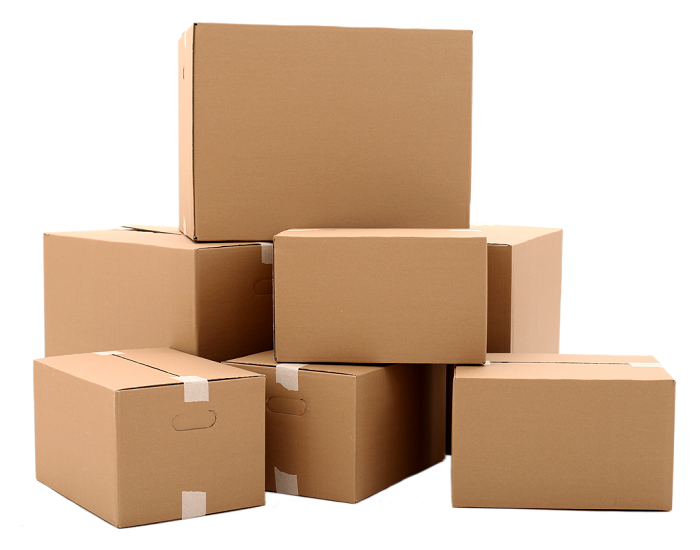
There is a well-known task that you should not put off even for a single day when moving out for the first time. Yes, we are preparing to move.
Prior to beginning the most time-consuming task of a house move, you will need to gather all essential packing supplies in order to avoid having to stop the process in the middle of it and start over again.
Make certain that you get the following:
- Moving boxes. Rather than paying for new cardboard boxes from a local moving company or an office supply store, consider other options for obtaining FREE MOVING BOXES. The boxes you’re looking for should be in good condition and be able to withstand the weight of what you’re storing inside of them.
- Packing paper. Specialized soft packing paper is ideal for securing your goods in transit, but it is not cheap. It’s possible to use cheap newsprint for some non-valuable items, but be aware of ink stains that may result.
- Bubble wrap. Indisputable proof that air-filled bubbles offer the best protection for anything wrapped in them. Purchase enough bubble wrap for your fragile and valuable items, and you’ll reap the benefits of this investment.
- Packing tape. Don’t settle for anything less than the best packing tape for your moving boxes.
8. Preparation is the key to a successful move.
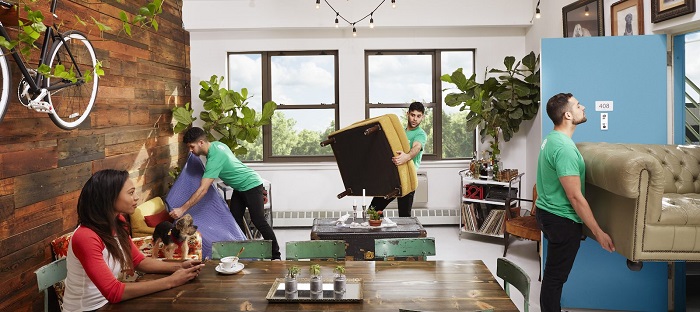
Moving into a new apartment, house, or rental property is a time-consuming endeavor, and effective time management is essential to the success of your endeavor. As you can imagine.
When it comes to time management while moving, now is the time to begin packing your house for the move.
Improve your packing speed, safety, and efficiency by keeping these key principles in mind:
- Start packing as soon as you know you’re relocating and don’t wait until the last minute to begin the process.
- Take care of your storage areas first /basement, attic, garage, tool shed/ because their packing usually requires more time than anticipated.. Start with the most difficult rooms and work your way down.
- Make a designated area in your home for packing and avoid clogging it up with too many boxes and supplies.
- Prioritize the heavier and bulkier items of your home before moving on to the smaller items.
9. Think of a smart labeling system
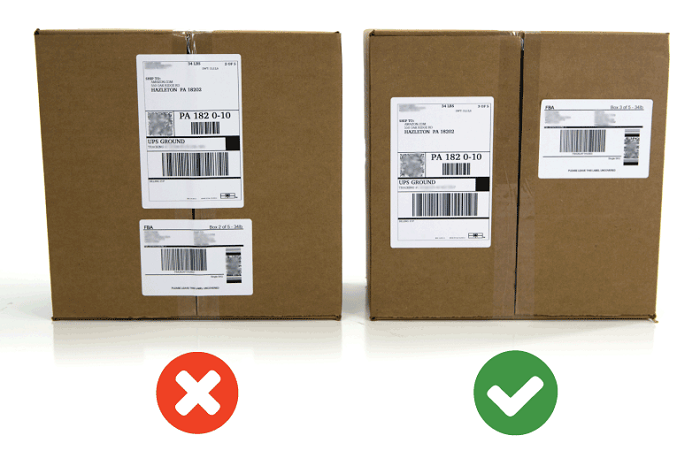
Don’t forget that labeling boxes correctly before moving into a new home is one of the most frequently overlooked tasks during the packing process.
Labeling your containers may seem like a waste of time if you are moving for the first time. The problem with this approach is that it will cause you to lose valuable time when your goods are delivered because you won’t have a properly labeled system.
In order to save time and money after moving, think of a smart labeling system to label your moving boxes.
- Use permanent and waterproof markers of different colors or color labels/stickers to identify the rooms where your packed containers will be stored. As an example, you can choose green for your new kitchen and red for your new home’s bedroom.
- There are several ways to organize your packing list, like using color-coded boxes or numbers for each one.
- To know where products are going and how to handle them, utilize non-color or non-numerical labels/stickers.
- To ensure visibility, a minimum of three sides branding is should have on any moving boxes
10. Prepare your children for the next transition.
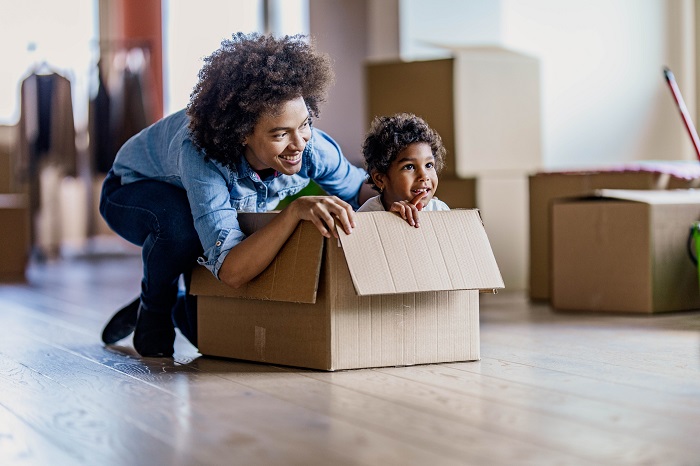
What should you do before you leave? Set your priorities straight, and you’ll be on the road to success.
Moving with children should be at the top of your priority list if you’re moving. It’s important for babies and toddlers to have a predictable daily schedule because it helps them feel safe and secure.
The stress and anxiety of parents can affect their children, who may become agitated as moving day approaches. As a result, keep their daily routine similar and keep an eye on them during the move.
Moving with school-aged children or teenagers adds to the already stressful process. To win over your older kids, you’ll need to talk about school, friendships, and the future.
11. Don’t turn your back on your pets either
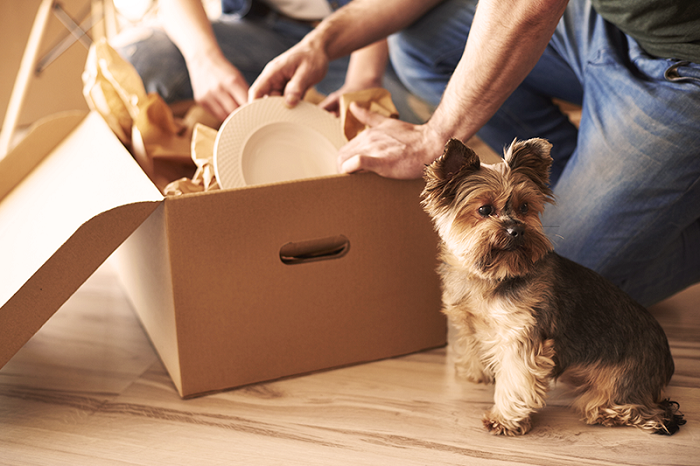
Taking care of your pets is an important part of being a responsible pet owner.
Like moving with children, you should try to keep dogs’ routines as normal as possible.
Consider anti-anxiety medicine for your pet during a pre-moving medical visit if they get overly nervous or worried out. As a final piece of advice, be sure to give your pet extra attention during this time of change.
12. Take care of all organizational details
You must accomplish a slew of other equally crucial organizing activities before you can state that you’re ready to move out of your current home.
- Get a copy of your children’s school records. If you move to a new city, you may easily register your kids at their new school.
- All family members’ medical records should be obtained. Consult your primary care physician to receive the necessary paperwork for locating and enrolling new health care providers.
- Friends and institutions should be informed of your new location. You can call, email, or use your favorite social network to inform them of your decision.
- Refuse to pay any more for anything. There’s no need to save your gym membership card or have the newspaper delivered every day.
- Get some sleep early on. You may think this is the least crucial of all the things you need to accomplish before moving out. It’s not, however. You’ll need all your mental and physical strength to get through the longest, most stressful day of your move.



